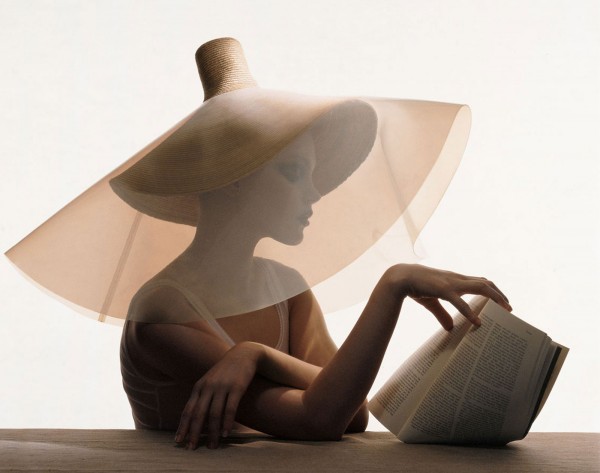Co-presented with Black Artists’ Network in Dialogue (BAND) the exhibition gathers some 80 works spanning the breadth of Barnor’s extensive and prolific career of more than 60 years.
Born in 1929 in Accra, James Barnor is considered a pioneer of Ghanaian photography. His long career covers a remarkable period in history, bridging continents and photographic genres. Through the medium of portraiture, Barnor’s photographs represent societies in transition: Ghana moving toward independence from colonial rule, and London becoming a cosmopolitan, multicultural metropolis during the 1960s. This exhibition gathers some 80 works spanning the breadth of Barnor’s extensive and prolific career of more than 60 years.
In the early 1950s, Ever Young—Barnor’s popular photographic portrait studio in Jamestown, Accra—was frequented by a diverse clientele representing all aspects of society. Hosting civil servants and dignitaries, yoga students and college professors, performance artists and newlyweds, Barnor was well-versed in making his clients feel at ease, as vibrant conversation and a background of popular music helped create a unique bond between photographer and sitter.
During this period Barnor captured intimate moments of luminaries and key political figures, including Ghana’s soon-to-be first prime minister, Kwame Nkrumah, as he pushed for pan-African unity; photographing the future leader on several special occasions. Not only was James Barnor engaged as the first photojournalist to work with the Daily Graphic, a newspaper brought to Ghana by the British media group the Daily Mirror, he was also regularly commissioned by Drum magazine, South Africa’s influential anti-apartheid journal for lifestyle and politics. He photographed several news features for Drum, including a staged nuclear family breakfast featuring Gold Coast’s champion boxer Roy Ankrah, aka The Black Flash.
In 1959, two years after Ghana became independent from colonial rule, Barnor moved to London, then a burgeoning multicultural European capital, to deepen his photographic knowledge. There, he discovered colour photography and enrolled in a two-year course at Medway College of Art while still shooting forDrum magazine; several of his photographs were published as covers and distributed internationally.
During London’s “swinging 60s,” Barnor eloquently captured the mood of the time and the African diaspora’s experiences in the city, including the Ghanaian BBC radio journalist Mike Eghan on the steps of Eros at Piccadilly Circus. He also photographed celebrities such as Muhammad Ali, minutes before his match against Brian London at Earl’s Court. These years were equally punctuated by Barnor’s first encounters with a multinational cohort of aspiring models and Drum cover girls, who would later pose for him against the backdrop of the city’s most iconic monuments, thus becoming fashion icons at the meeting of cultures.
Toward the end of the decade, Barnor was recruited and trained as a representative for the imaging company Agfa-Gevaert, before returning to Ghana in 1969, where he opened the first colour processing laboratory in Accra. For the next two decades, he worked independently as well as for several government agencies in Ghana. Today, Barnor is retired and lives in Brentford, London.
In 2009, James Barnor began working with the London-based photographic arts agency Autograph ABP (established in 1988). Years of research, selection, and editing have led to the unique collection of images brought together in this touring exhibition and the accompanying monograph. Many of the photographs are now widely regarded as iconic in photography’s diverse history, and are collected and exhibited internationally.
Co-presented with Black Artists’ Network in Dialogue (BAND) in partnership with Autograph ABP, London
Supported by Scotiabank, Nicholas Metivier Gallery and the Arts Council of England













